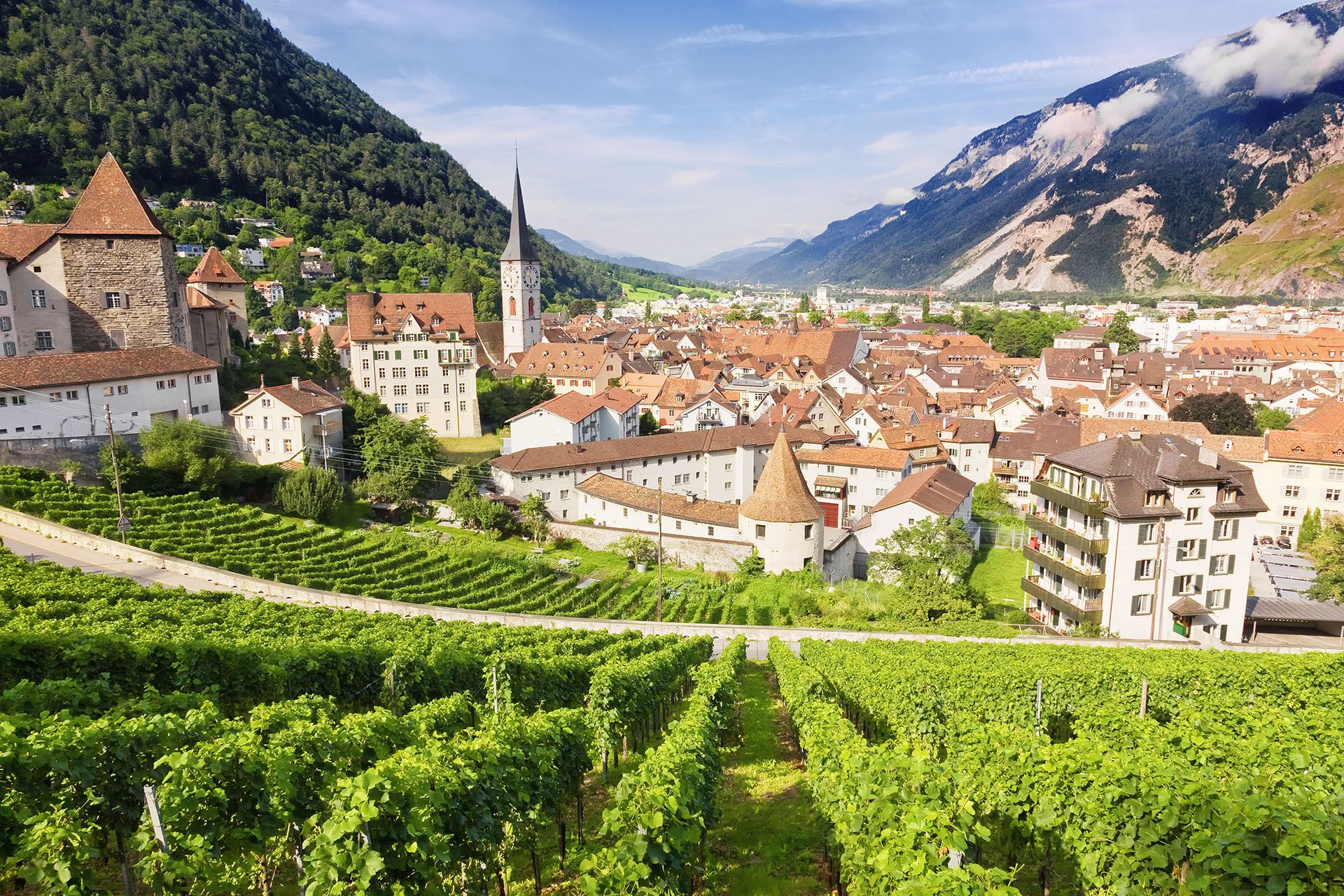Tips for eating out on a budget in Switzerland
Put simply, eating out in Switzerland is expensive. To avoid haemorrhaging cash, make lunch your main meal, and always plump for the “menu”, or dish of the day.
This comprises two or three courses of substantial, quality nosh, whether in a café or a proper restaurant. The same meal in the evening, or choosing à la carte anytime, can easily double the cost.
Budget travellers should also head for the often surprisingly good self-service restaurants in town-centre department stores nationwide.
Pricing generally goes by the size of the plate, and they offer a variety of generic dishes – soups, casseroles, pasta, with buffets of fresh salads and chicken-and-rice staples, plus fresh-squeezed juices and fruit smoothies.
What is Switzerland’s national dish?
Cheese fondue, arguably Switzerland’s national dish, can be found everywhere, but it’s really a speciality of French-speaking Switzerland.
The word “fondue” refers to the broad, shallow earthenware or cast-iron pot used to heat the cheese.
Myriad varieties are served nationwide. The classic style, found in the fondue heartland of Fribourg and the Vaud countryside, is a moitié-moitié (“half-and-half”), using either Gruyère and Vacherin Fribourgeois cheese, or Gruyère and Emmental.
Others may use several grades of Gruyère, or mix in some local Alpine cheese, Valaisian raclette cheese or Appenzeller.
Alongside standard fondue, you’ll also find fondue chinoise throughout Switzerland, which will have you dipping slivers of meat into spicy bouillon.
Also look out for fondue bourguignonne (dousing lumps of red meat in hot oil), fish fondues, Valaisian fondue Bacchus, which involves mulled wine, and novelty chocolate fondues.















